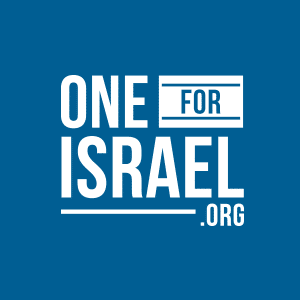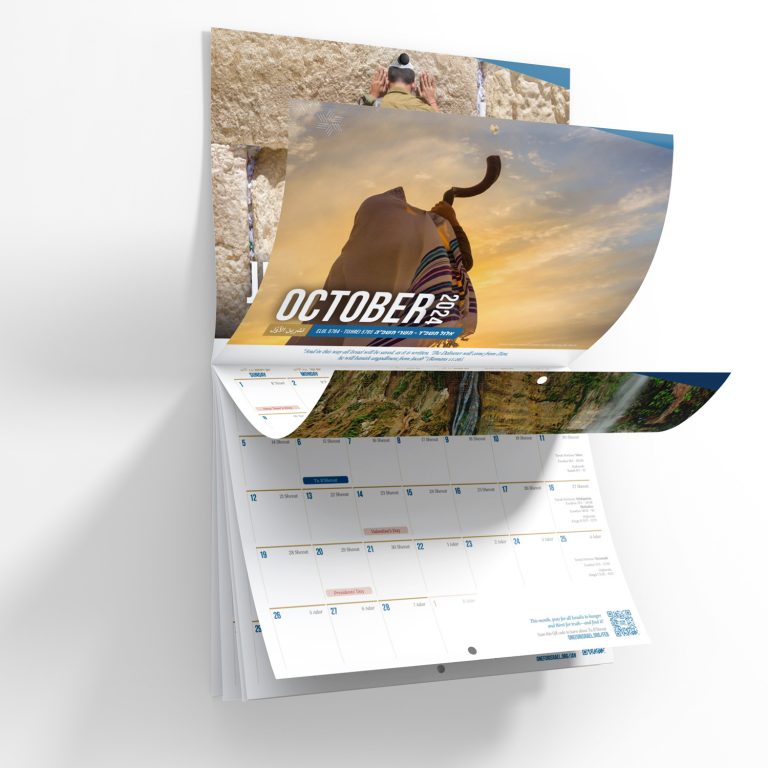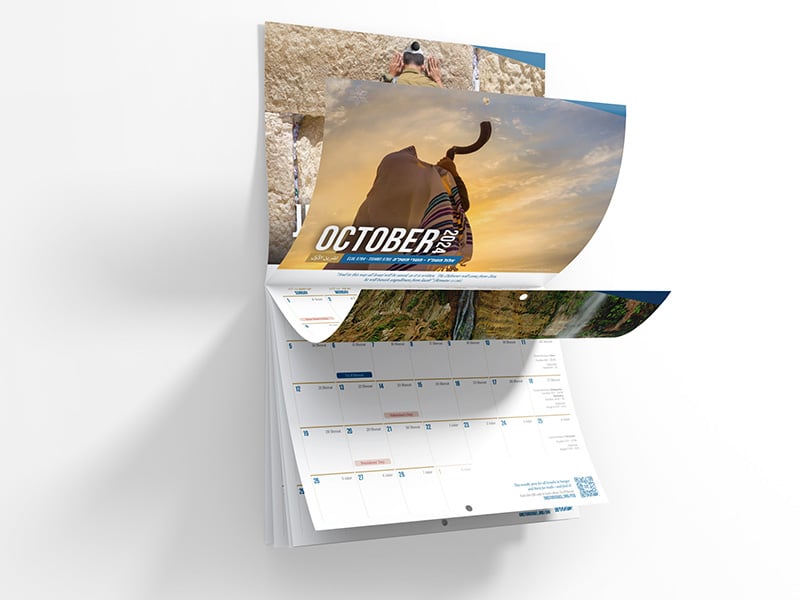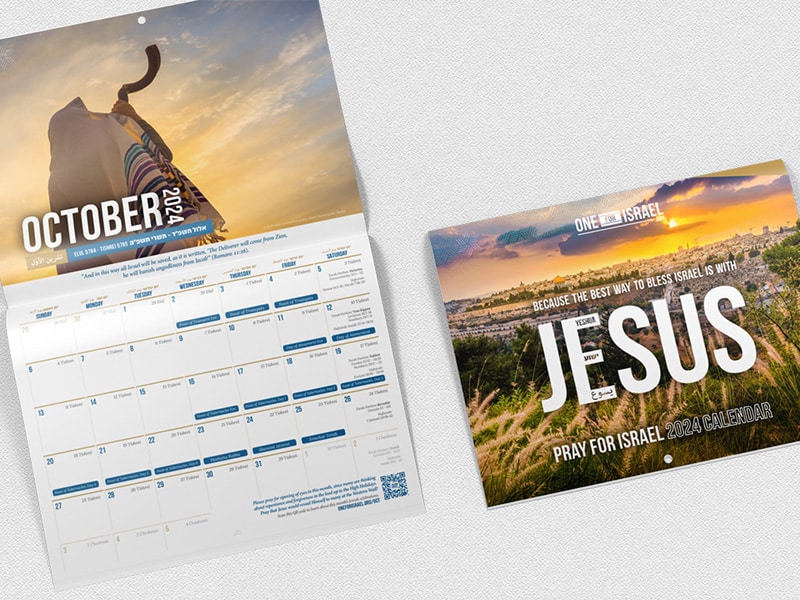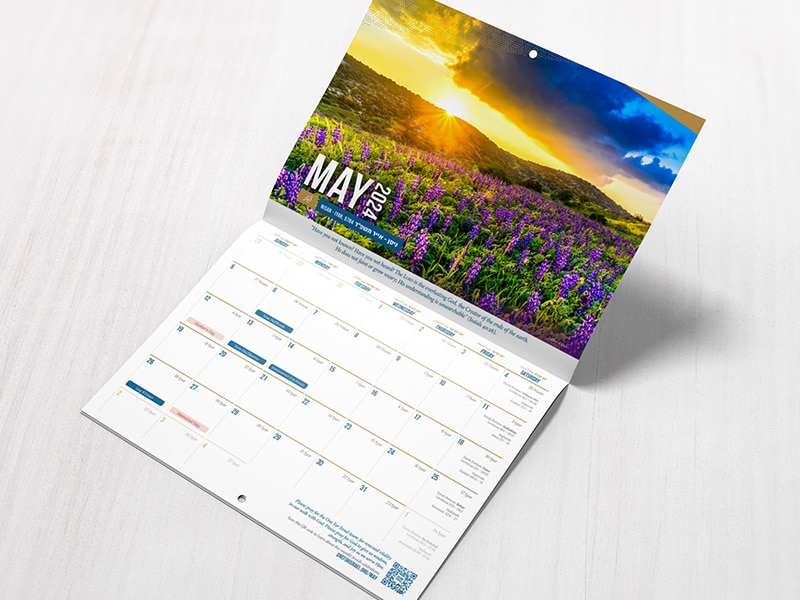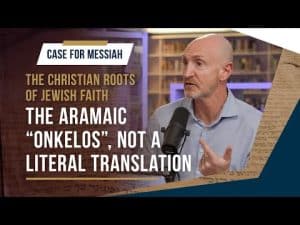Tu Bishvat, or B'Shevat (which means the 15th of the month of Shevat) is a new year celebration for trees devised by the Jewish Sages. The date relates to the many Jewish laws about growing crops and trees in Israel; especially how and when to separate out the tithes of the fruits (a tenth is given to God). That's why it's all about trees!
One of the trees that is most prominent in Israel at this time of year is the almond tree, which packs a Biblical punch as it crops up in several places throughout the scriptures, with great significance.
The word of the Lord came to me: “What do you see, Jeremiah?”
“I see the branch of an almond tree,” I replied.
The Lord said to me, “You have seen correctly, for I am watching to see that my word is fulfilled.” (Jer 1:11-12)
What is Tu B'Shevat, and how is it celebrated?
The name “Tu B'Shevat” is from the date in the Jewish calendar – the 15th of the month of Shevat, which usually falls in January. It's a time to celebrate new life, and regrowth, especially of trees. At this time of year, the almond tree is typically (unlike all the other trees) in full bloom. When God spoke to Jeremiah about the almond branch, it had a double meaning, as he was using a word-play. The Hebrew word for almond (shah-ked) is connected to the verb to be diligent, hard- or fast-working (shoh-ked), because the tree buds, blossoms, and puts out its fruit first, before all the other trees. God was promising that his word would be fulfilled, and with haste. The landscapes of Israel in January are dotted with beautiful, white blossomed almond trees, and it’s a sight to behold, reminding everyone who knows of that passage that God is faithful to keep his promises.
Many Israelis will go and plant a tree on Tu B'Shevat. The Jewish National Fund has been planting over 240 million trees indigenous to the Middle East such as native oaks, carob, redbud, almond, pear, hawthorn, cypress and the exotic Atlantic cedar since 1901 [1]. Many of these are mentioned in the Bible, and it is traditional to eat dried fruit and nuts, especially those from the seven species God says will be in the Promised Land in Deuteronomy 8:8 – grapes (raisins), figs, pomegranates, dates, olives, wheat and barley.
Trees in the Bible
Trees are often considered to represent different kinds of people in the Bible – an example would be Isaiah 61,
“They shall be called oaks of righteousness, planted for the display of his splendour”.
Similarly, Psalm 1 talks of a man who loves the law of God being like a tree planted by streams of water, and Psalm 92 says that the righteous will flourish like the palm tree. Throughout the whole Bible we also see God’s people collectively described as a vine, or an olive tree.
In Isaiah 55 which is all about calling the people of Israel back to repentance, the chapter ends with this verse:
“Instead of the thorn shall come up the cypress;
instead of the brier shall come up the myrtle;
and it shall make a name for the Lord,
an everlasting sign that shall not be cut off.”
In the transformation from thorns and briers (which symbolise sin and worthless people) into upright cypress trees (which were used to make the temple and worship instruments) or in the lowly myrtle or hadass in Hebrew (which smells beautiful when crushed) we see a tree-picture of the miracle of salvation and regeneration in God. Similarly, in Isaiah 41 God tells us:
“I will put in the wilderness the cedar, the acacia, the myrtle, and the olive.
I will set in the desert the cypress, the plane and the pine together,
that they may see and know, may consider and understand together,
that the hand of the Lord has done this, the Holy One of Israel has created it.”
God is speaking metaphorically about different kinds of people being deliberately collected together like the various parts of the body of Messiah… each one has its own qualities and properties, but put together make a beautiful mosaic. But equally, this prophecy has literal fulfilment, as Israel really has made the desert bloom with all different kinds of trees, plants, vegetables and flowers. Right there in the middle of the wilderness.
Israel's love affair with trees
By planting trees across the Israeli landscape, the desert has become fertile and productive, the hills of the north have become wooded and green again, and the useless swampland around the Sea of Galilee has been dried out by strategic planting of Eucalyptus trees. Previously, malaria had taken hundreds of lives as people slaved away, desperately trying to make the wet land yield a living. But some well-planned planting of a particular kind of tree was the solution that has made the whole area thrive again.
That the people of Israel would return to the land and make it bloom once again was prophesied in Isaiah 35 and Isaiah 27. Here’s what God says about the subject:
“A pleasant vineyard, sing of it!
I, the Lord, am its keeper; every moment I water it.
Lest anyone punish it, I keep it night and day; I have no wrath.
Would that I had thorns and briers to battle!
I would march against them, I would burn them up together.
Or let them lay hold of my protection,
let them make peace with me,
let them make peace with me.”
“In days to come Jacob shall take root, Israel shall blossom and put forth shoots and fill the whole world with fruit.”
And indeed, Israeli fruits, vegetables and flowers are exported all over the world.
Trees are extremely important in both the Bible and in Jewish tradition. The second century rabbi Yohanan Ben Zachai advised, “If you are planting a tree and you hear that the Messiah has come, finish planting the tree and then go greet him!” I’m not sure those of us who have met the Messiah would prioritise a sapling over the Lamb of God, but as you can see, trees have always been pretty important in Israel!
So now back to that almond tree…
There are three key verses about the almond to consider:
1. The tabernacle menorah was decorated with almond blossoms (as opposed to any other flower or vegetation) as described in Exodus 25:33-34
2. Aaron’s staff buds, blossoms and almonds in super quick succession as a sign to verify his position as high priest in Numbers 17:8
3. God shows Jeremiah an almond branch, and uses the word play (shaked / shoked) to emphasise that he is carefully watching over his word to fulfill it. (Jeremiah 1:11-12)
The almond is a metaphor for haste and determination to accomplish. The menorah is a precursor to the Messiah, and the single unity of his body, believers, who would be light of the world. God had determined that he would send the Messiah and include all the nations into his new covenant. Aaron’s rod shows God’s decisive action swiftly confirmed, and Jeremiah is brought to understand that the almond branch was God’s promise that he would fulfill his word. God promised to bring his people back to the land of Israel, and he has accomplished it.
“But you, mountains of Israel, will produce branches and fruit for my people Israel, for they will soon come home.” (Ezekiel 36:8)
The nation was born in a day, just as God said, and now the land is flourishing. Israel’s innovation and ingenuity in agriculture have resulted in drip irrigation that made the desert bloom, Eucalyptus tree solutions to the swampy wastelands, and transformation of a desolate land into a rich, forested and verdant landscape, full of millions of trees. Today Israel is a luscious, green land that testifies to God's faithfulness, certainty and determination to fulfill his word.
So much so, that Israel was one of only two countries in the world to enter the 21st century with a net gain of trees.
Happy tree day!
Happy Tu B'Shevat!
[1] http://www.jnf.org/work-we-do/our-projects/forestry-ecology/
Photo by Pedro Sanz on Unsplash
